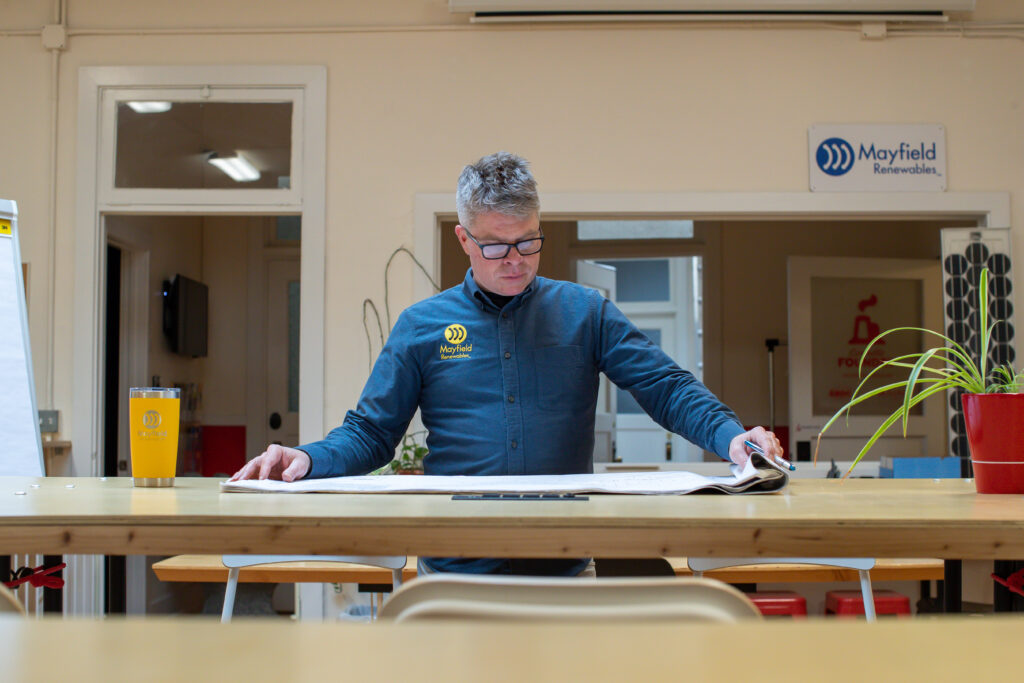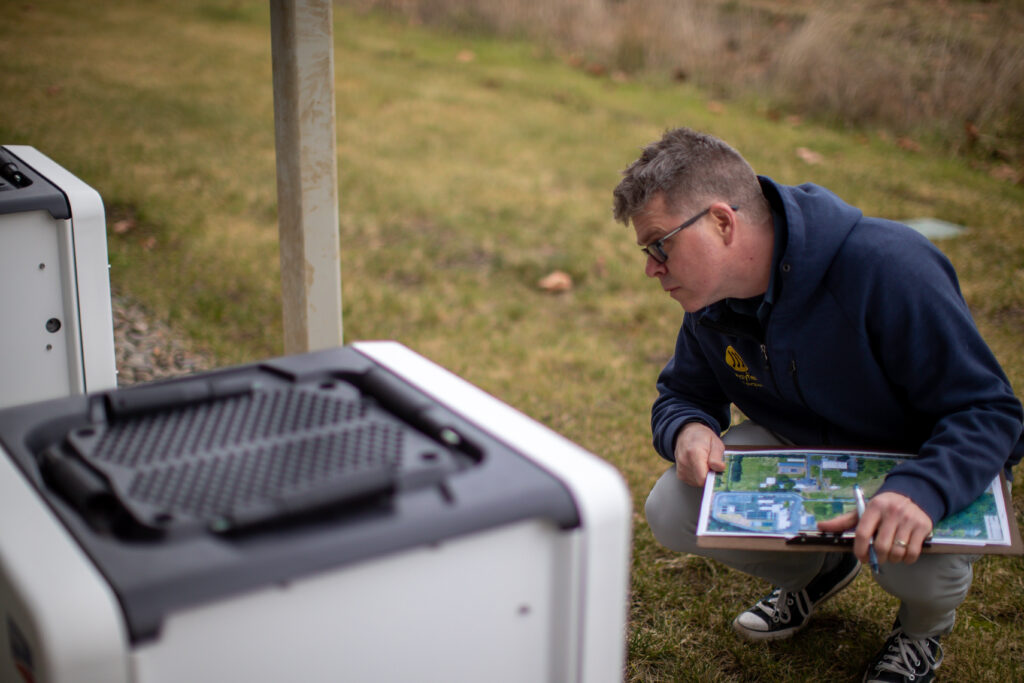At Code Corner, Know What’s in the Code and Why It’s There

Here’s a scenario that will ring a note of familiarity for many solar and energy storage contractors.
You have been dutifully following the provisions in the 2020 National Electrical Code (NEC) Section 705.11 that specify conductor lengths between the system disconnect and the point of interconnection. One of the jurisdictions where you work has adopted the 2023 edition of the NEC. You notice that now the section on overcurrent protection no longer suggests conductor lengths.
What is the meaning of this? How does this Code change impact how you design and build solar-plus-storage systems?
At one time, contractors found answers to questions like this in Home Power, a renewable energy trade magazine published from 1987 to 2018. It was in Home Power where John Wiles—a longtime leader of the PV Industry Forum and a key contributor to NEC Article 690, the section on photovoltaic (PV) systems—launched Code Corner, a monthly column discussing and interpreting notable updates in the NEC and other codes. After Wiles’s retirement, Home Power continued publishing Code Corner with updates from other industry experts and contributing writers, including Mayfield Renewables Founder and CEO Ryan Mayfield.
But the media landscape has completely changed, especially since Home Power closed.
On the one hand, it has become easier to create dynamic video content using widely available technology. On the other hand, though the internet is stuffed with content, it’s generally harder to find the type of authoritative, practical information that was once a staple of the Home Power diet.
To those of us at Mayfield Renewables, there was only one thing to do: relaunch Code Corner to deliver the same rigorous standard of expertise in an engaging format that appeals to discerning digital media consumers.
That’s right. You can now find Code Corner on YouTube.
The Value of Knowing Code

Education and training are critical to the design, installation, and management of smart renewable energy systems.
The purpose of industry codes and standards goes beyond satisfying someone with a clipboard who must sign off on your projects before you can switch them on.
Code is about preventing fire from burning down homes and businesses and putting lives at risk. It’s about knowing that systems can withstand the forces of nature, including extreme winds, heavy snowfall, and powerful earthquakes. When solar is paired with energy storage, it’s about delivering continual access to electricity, even if the grid goes down.
We understand many contractors value industry education as much as we do, but the workday goes fast, and everyone has a job to do. There might be too few hours in the day for busy professionals to stop and research the latest code changes. Even if you can track down the answers you’re looking for, you might not have the confidence to interpret new code provisions for a building official who looks at the same code book and comes away with a different point of view.
Some topics we cover in Code Corner come to Mayfield Renewables as questions for our consulting engineering team. In fact, that’s how we set off to understand what the 2023 NEC says about conductor lengths between the disconnect and the point of interconnection in the first place: a client raised the question. After reporting an answer to the client, we believed the rest of the industry would benefit from the same information. So, we tackled the topic in an episode of Code Corner.
Expertise in the Right Place, at the Right Time
Nobody sits down and reads the encyclopedia cover to cover. The information you’re looking for has to be relevant to the work you’re doing right now.
By the same token, nobody sits down and reads the NEC from cover to cover. Well, only a few special people do. Ryan Mayfield happens to be one of them. We’ll say more on that point in a moment. For now, suffice it to say that topic selection matters as much as anything when producing a series like Code Corner.
Luckily, the makeup of our staff and the breadth of our services make finding Code Corner topics a normal part of our day-to-day work. We source new Code Corner ideas from our consulting engineering team, our product consulting team, the many solution providers who partner with us on educational content, as well as our own walking code book, Ryan Mayfield.
By collaborating with leading innovators such as Yotta Energy, Megger, Tigo, and many more, as well as our customers, Mayfield keeps a finger on the pulse of industry change. At trade shows and continuing education conferences, we talk with the stakeholders who are working to remove barriers to renewable energy adoption. Not only the industry professionals, but also the building officials and fire safety officials who are charged with preserving public safety.
Once we have selected a topic and completed the necessary research, we develop an engaging 10-minute (or less) presentation supported by illustrations or animations to make the content user-friendly and memorable. We also turn many Code Corner episodes into blog posts on the Mayfield Renewables website for people who would like a written summary of the details discussed in our videos.
All in all, Mayfield has published over 30 Code Corner episodes since August 2021. Some of our popular episodes include:
Welcome to Code Corner
Be one of the first to find out about new Code Corner episodes by following Mayfield Renewables on LinkedIn. There, you’ll find updates on all our educational content, including Code Corner, Ask Mayfield Anything, and our workshops.
You can also visit our YouTube channel to see a playlist of the entire Code Corner collection. Binge-watch them all in one sitting if you’d like. Or shuffle through a few episodes at a time between meetings or with your morning coffee.
We welcome your comments on any of our social media channels. And we invite you to contact us anytime (just email hello@mayfield.energy) to suggest a new Code Corner topic.










